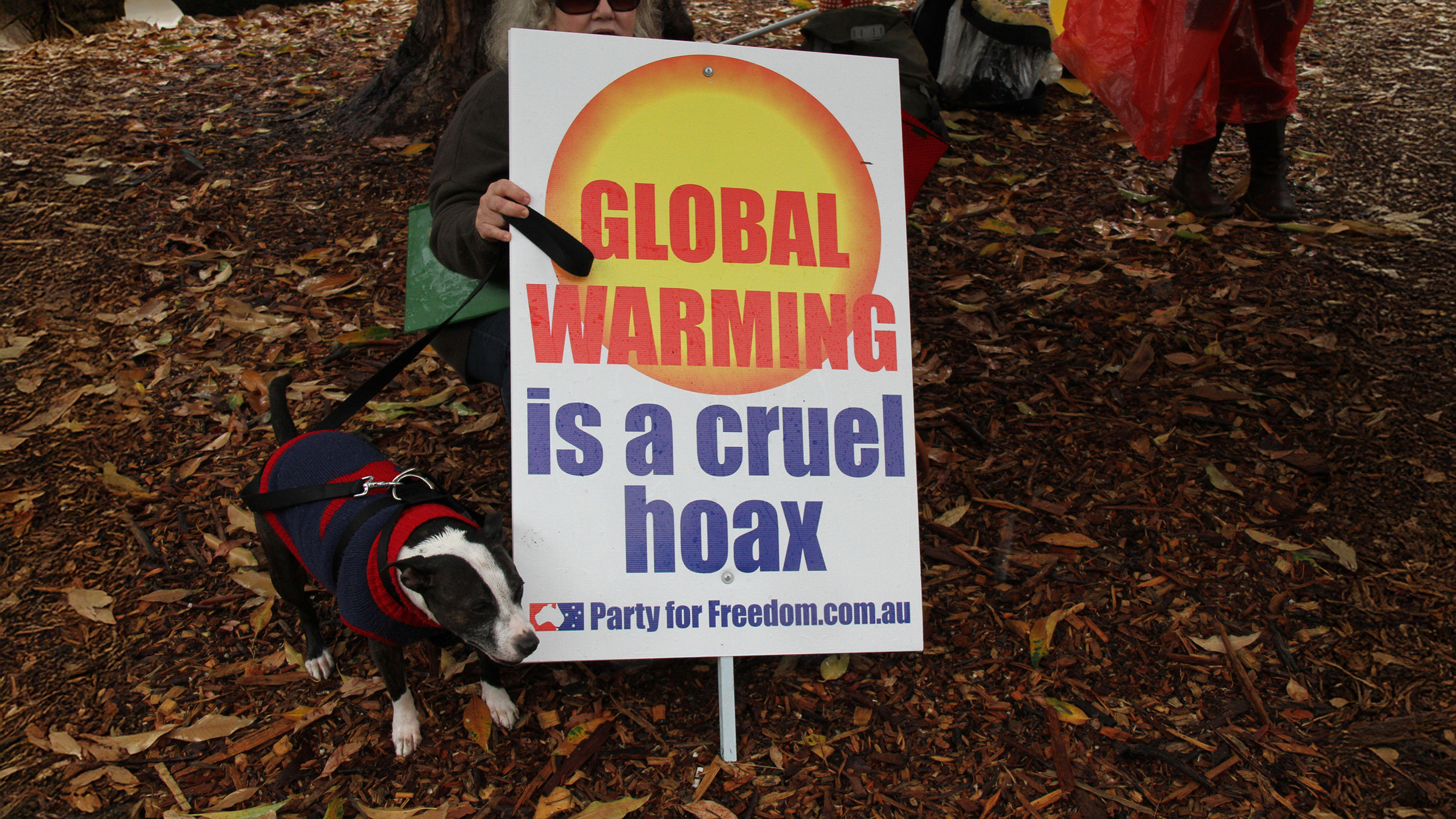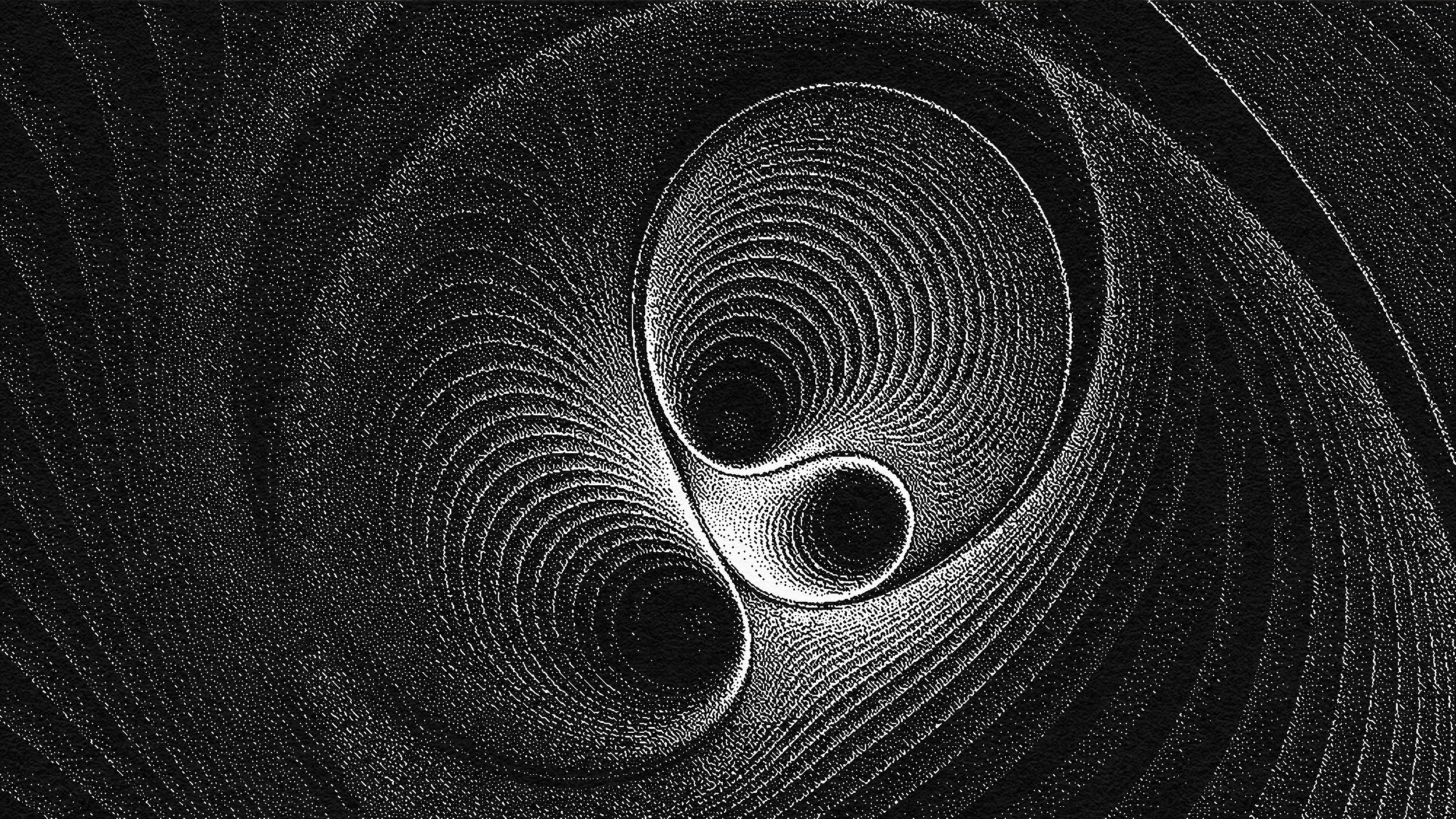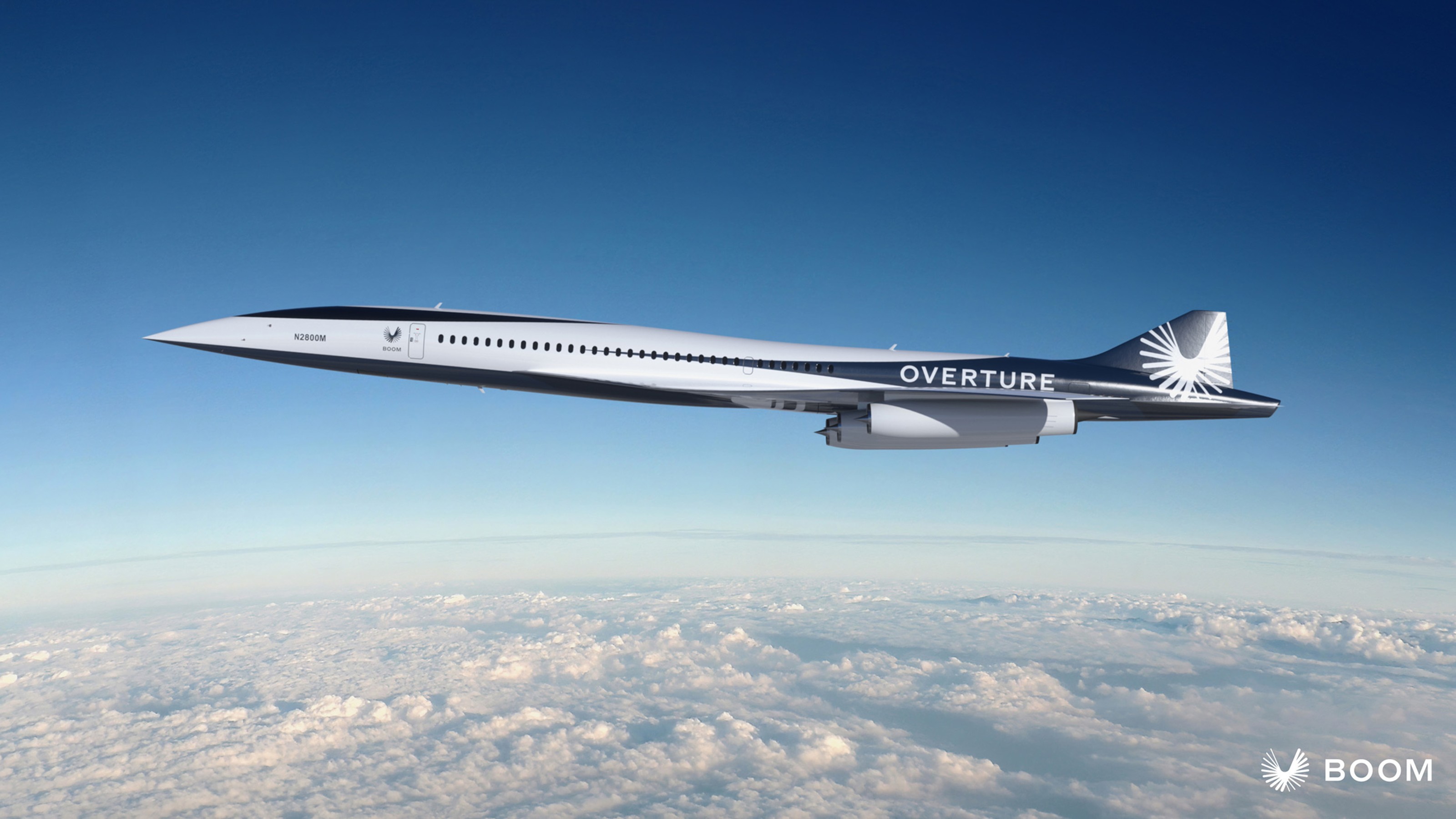As other planets have demonstrated, says Heidi Hammel, the threat is real. For Earth, an early warning system is critical.
Question: What are scientists doing to protect us from cosmic collisions?
Heidi Hammel: From that comet crashing into Jupiter, we actually learned quite a bit about cosmic collisions. And you can put them in different categories. One of the first things we learned was these collisions happen on human lifetimes. This isn’t stuff that happened a billion years ago. This is going on right now, here in our solar system, massive collisions. And when I say massive, we took one of our impact sites that we had on Jupiter, and someone took it and mapped it onto a globe of the earth. Oh, it’s scary, you know. If one of these things hit the earth, we’re talking major disruption of the biosphere. We’re talking basically all of us dead. So, gosh, it’s a good thing it happened on Jupiter, not on earth. But at the same time, I mean, it was happening for real, and we could all see it. So it made the concept of cosmic collisions a very real concept on the large scale. Most people have already seen a cosmic collision. If you’ve seen a shooting star ever, you’ve seen a cosmic collision, because a shooting star is not a star. It’s a tiny dust or pea sized fragment of an asteroid or a comet hitting our atmosphere and burning up as it hits in, as it comes in. But those are tiny. It’s the big ones when they hit that could really do some serious damage to the planet and to the biosphere, the people and animals and plants and stuff living on the planet. So Shoemaker-Levy 9 made that real for us. We also learned quite a bit about the atmosphere of Jupiter. Now, you have to remember astronomy is almost always a passive science. Scientists normally like to do experiments. You know, they like to mix this with that and see what happens. They like to take this thing and poke it and see how it reacts. In astronomy we can’t do that. The stars, the planets, the galaxies, are so far away that we just look at them, and we have to learn things by looking at them. But in the case of Shoemaker-Levy 9, nature provided us with some ink that it injected into the atmosphere of Jupiter. The ink was the black material that the comet impacts created, which was basically burned up Jupiter atmosphere, we think. And that ink was dumped into the atmosphere, and then the winds of Jupiter could pick it up and throw it around and move it throughout the atmosphere. What a fantastic experiment for a planetary scientist. It’s like you couldn’t design a better experiment, you know. If I had this like giant pile of ink, inject it into an atmosphere, and watch what happened, you know, that’s what you’d want to do. And Shoemaker-Levy 9 did that. So it allowed us to trace out winds to see which direction they were blowing. Now we knew generally which way most of the winds were blowing in the cloud decks that we see, because we could watch a cloud, or we could watch what the cloud does. But in the upper atmosphere, these clouds are very, very thin and diffuse. And normally we can’t see them or trace them. But Shoemaker-Levy 9 injected chemicals into the upper atmosphere and using telescopes here on earth, we can trace the motion of those chemicals over a period of several years after the impacts, and watch the directions that the winds are blowing in the upper atmosphere. And they were moving more or less the direction that people predicted. The rates were not quite the same. And so that provides us with information we could use to better study the atmosphere of Jupiter itself. We couldn’t have done it without Shoemaker-Levy 9 impacts.
Question: What are scientists doing to protect us from collisions?
Heidi Hammel: Every year they have a conference about planetary protection, because the specter has now visibly been raised at these cosmic collisions actually could happen anytime. So there are scientists and engineers who are actively thinking about ways that we could either deflect an asteroid or comet, or remove the asteroid or comet in some way, move it out of its path. I mean, Hollywood has its own ideas about how to do that. We also have Bruce Willis saving the earth. But in point of fact scientists themselves have been thinking very seriously about how we might deflect an asteroid or comet. And one of the keys is finding them early, because if you find them early enough, and I mean like, 10, 20, 30 years before they’re going to hit the earth, you only need a tiny little push to get them to go off that orbit that they’re on and move them out of the way. It’s the ones that are coming in that you don’t find out about until three days before that, you know, that’s our worst nightmare, because there’s nothing really you can do about it in that case. We have actual programs and telescopes being built now that will have the capability of figuring out the whole population of these earth crossing asteroids. Right now we only know, we think we know about 10% that are out there, 10% of the population. That’s not a happy number, is it, because that means there’s 90% of the objects out there we don’t know about. With some of the large telescopes we’re developing today, we think that within a few, five, ten years of using there large telescopes to map out the whole sky a number of times, repeating, looking for moving objects, tracking their orbits, we think within 10 years we might be able to push that number up to 90%. So we really will have a much clearer understanding of what’s out there that might threaten us. Another big problem, of course, is understanding the bodies themselves. If it’s a comet that’s coming in versus an asteroid, and we think one is rockier and harder, and one is softer and fluffier, and you would want to treat them differently. I mean, you wouldn’t want to take a fluffy thing and then like blow it up, because then you got like a gazillion fluffy bits that are all more or less coming your way. Whereas a hard thing, you know, maybe you could set off like a nuclear bomb to push it off it’s track. So understanding what those space rocks or space ice balls, what they’re physically made of, that’s a big part of the MASA exp





